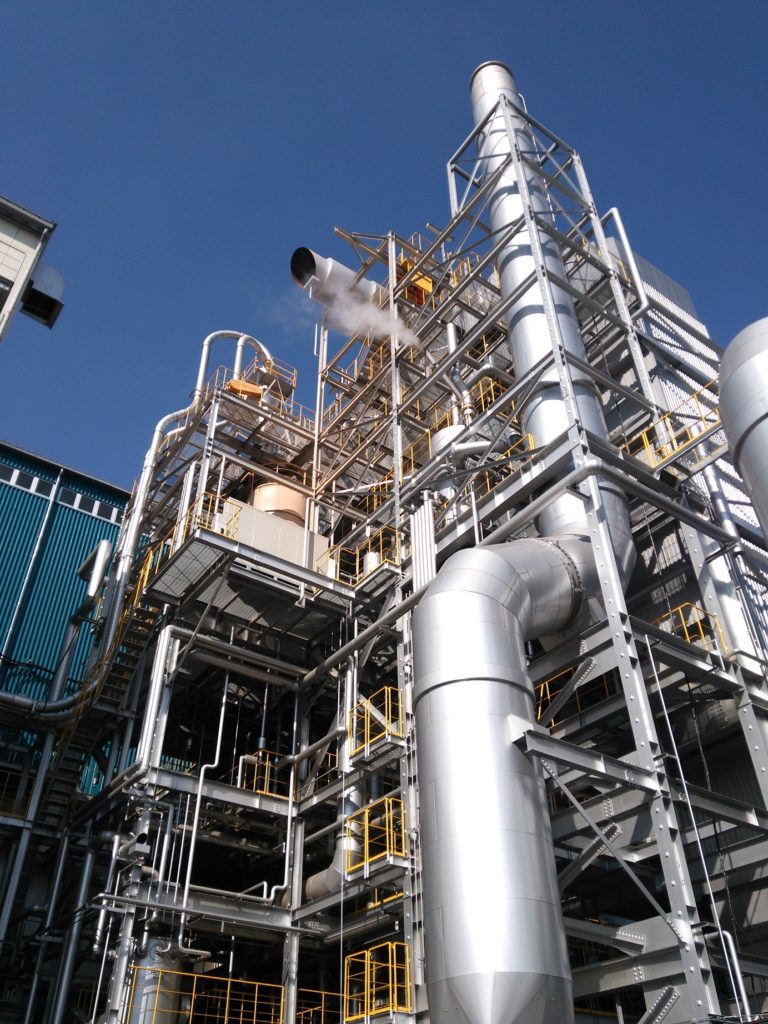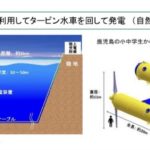Chugoku Mokuzai Co., Ltd.
     |
Cascading use of wood—planting, growing, and efficient application |
※Cascading use: Multi-stage use of wood for different purposes, such as materials and energy. Wood is used for building materials, wood chips, and bark in that order starting with the most valuable.
Targets
7.a By 2030, enhance international cooperation to facilitate access to clean energy research and technology, including renewable energy, energy efficiency and advanced and cleaner fossil-fuel technology, and promote investment in energy infrastructure and clean energy technology
11.3 By 2030, enhance inclusive and sustainable urbanization and capacity for participatory, integrated and sustainable human settlement planning and management in all countries
12.2 By 2030, achieve the sustainable management and efficient use of natural resources
13.3 Improve education, awareness-raising and human and institutional capacity on climate change mitigation, adaptation, impact reduction and early warning
14.2 By 2020, sustainably manage and protect marine and coastal ecosystems to avoid significant adverse impacts, including by strengthening their resilience, and take action for their restoration in order to achieve healthy and productive oceans
Initiative details
Forests are playing an increasingly important role in curbing CO2 emissions, which are one of the causes of global warming. Two-thirds of Japan’s land area is forest, and the proportion of forest coverage in Hiroshima Prefecture is roughly the same.
Our company produces building materials for houses by processing logs into lumber. We supply products used for the conventional post and beam structural system, which can cope with four seasons of Japan’s natural environment; for example, our structural materials are used in part of the new Japan National Stadium.
Through photosynthesis, trees can absorb and store CO2, one of the causes for global warming. Our business is based on the use of these reservoirs of CO2.
The use of trees in furniture and building materials for houses fixes CO2 and contributes to reducing the amount of it in the atmosphere.
In addition, we do not waste the wood and sawdust that are left over after the logs are used as building materials. These are used to generate biomass power, which does not involve the use of fossil fuels. We are also engaged in solar power generation.
By using wood, which acts as a reservoir of CO2, to its fullest extent in this way, we reduce the amount of CO2 in the atmosphere and contribute to controlling global warming.
Furthermore, we have established a recycling system based on photosynthesis and are conducting sustainable forest management in the 7,800 hectares of forests we own in Japan. Trees are grown and cut down on a 50-year cycle, and young saplings are grown again to maintain the forest. Our immediate goal is to increase the area of our forest acquisitions to 10,000 hectares and to manage the forest in a similarly sustainable manner.
-1024x683.jpg)

Our initiatives also involve enriching the oceans.
I am sure you are all well aware of the reasons why oyster farming in Hiroshima has been so successful. There is a saying that “the forest is the sea’s lover.” The nutrients and minerals from the mountains where the trees grow flow through the rivers. As such, the Seto Inland Sea, which is rich in nutrients, is actually a sea protected by trees, making it the perfect location for oyster farming. Through forest management, we are also contributing to the enrichment of marine resources in some small way.
Key Points
By using wood, which acts as a reservoir of CO2, as a material for building houses, we are reducing the amount of CO2 in the atmosphere and helping to prevent global warming.
Moreover, we do not let any resources go to waste, using all of the log from building materials to extra materials.
By maintaining the cycle of logging, planting, and use, we are working to implement sustainable forest management.
In this way, we are engaged in a number of projects that contribute to achieving the SDGs.

Chugoku Mokuzai Co., Ltd.
3-1-1 Hirotagaya, Kure
+81-0823-71-7142
http://www.chugokumokuzai.co.jp/
Tags associated with this article



アンモニア混焼ガスタービン2-150x150.jpg)


